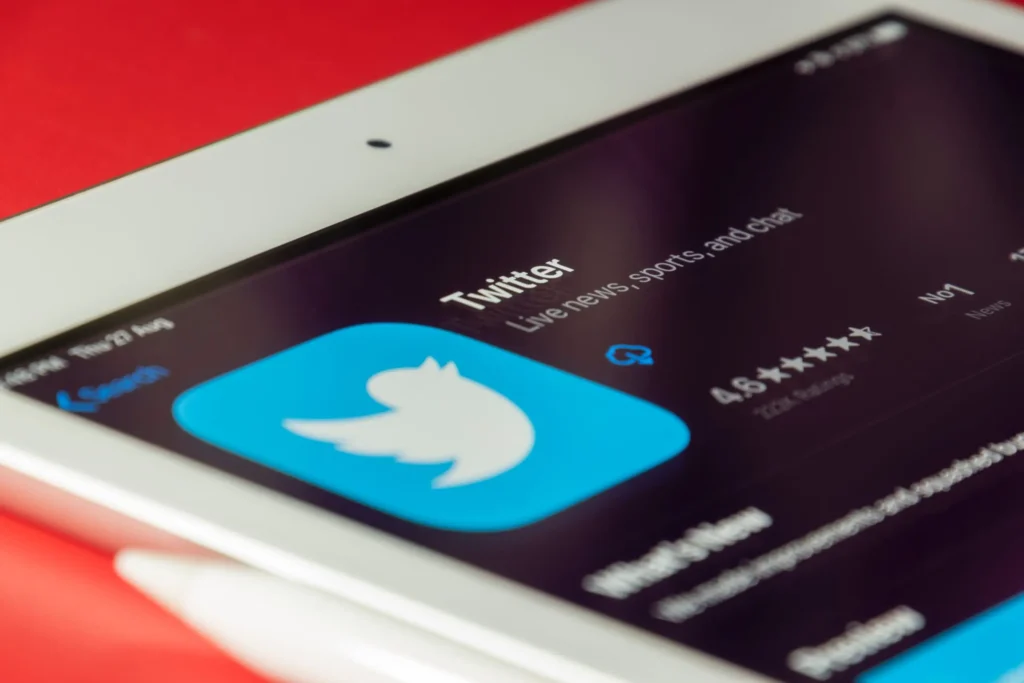Introduction
Twitter has recently implemented a new feature that marks Substack links as potentially unsafe. Substack is a popular newsletter platform that has gained traction in recent years, but its rise has also brought about concerns regarding misinformation and abuse. This move by Twitter is part of a larger effort to combat misinformation and protect users from potentially harmful content. In this article, we’ll explore what this means for Substack and other newsletter platforms, as well as what it means for users and publishers.
The Context Behind Twitter’s Decision
Twitter’s decision to mark Substack links as potentially unsafe is not entirely unexpected. Over the past few years, there has been growing concern over the spread of misinformation and abuse on social media platforms. While Substack has become a popular platform for independent writers and journalists, it has also faced criticism for allowing content that promotes hate speech, conspiracy theories, and other harmful content.
Twitter’s move is part of a larger effort to combat misinformation and protect users from potentially harmful content. By marking Substack links as potentially unsafe, Twitter is alerting users to the fact that the content they are about to click on may not be trustworthy or accurate.
What This Means for Substack
Twitter’s decision to mark Substack links as potentially unsafe could have significant implications for the platform. Substack has been growing in popularity in recent years, thanks in part to its user-friendly interface and the ability of independent writers to monetize their content. However, the platform has also faced criticism for allowing content that promotes hate speech, conspiracy theories, and other harmful content.
This move by Twitter could discourage users from clicking on Substack links, which could have a negative impact on the platform’s traffic and revenue. Additionally, if other social media platforms follow suit, Substack could face even greater challenges in terms of attracting and retaining users.
What This Means for Newsletter Publishers
For newsletter publishers, Twitter’s move could also have significant implications. Many independent writers and journalists rely on social media platforms to promote their content and attract subscribers. If Twitter and other platforms mark Substack links as potentially unsafe, it could become more difficult for publishers to reach new audiences and grow their subscriber base.
However, this move could also be seen as an opportunity for publishers to reassess their content and ensure that it is trustworthy and accurate. By taking steps to improve the quality of their content, publishers could attract a more engaged and loyal audience, even in the face of increased scrutiny from social media platforms.
What This Means for Users
For users, Twitter’s move to mark Substack links as potentially unsafe is a reminder of the importance of being vigilant when it comes to consuming online content. With so much misinformation and harmful content circulating on social media platforms, it’s more important than ever to be discerning and critical when evaluating the content we come across.
At the same time, users should also be aware of the potential impact that social media platforms can have on the content we consume. By marking Substack links as potentially unsafe, Twitter is sending a message that it takes the quality and accuracy of online content seriously, and users should take this into consideration when deciding what content to engage with.
Conclusion
In conclusion, Twitter’s decision to mark Substack links as potentially unsafe is part of a larger effort to combat misinformation and protect users from harmful content. While this move could have significant implications for Substack and its users, it also presents an opportunity for publishers to improve the quality of their content and for users to be more discerning and critical when evaluating online content. As the fight against misinformation and harmful content continues, it’s important for all of us to remain vigilant and engaged.





More Stories
How Google Search Lost Its Edge and What It Means for the Web
Web 3.0: The Next Generation of the Internet
Meta’s Threads: A New Social Media Sensation or a Legal Nightmare?